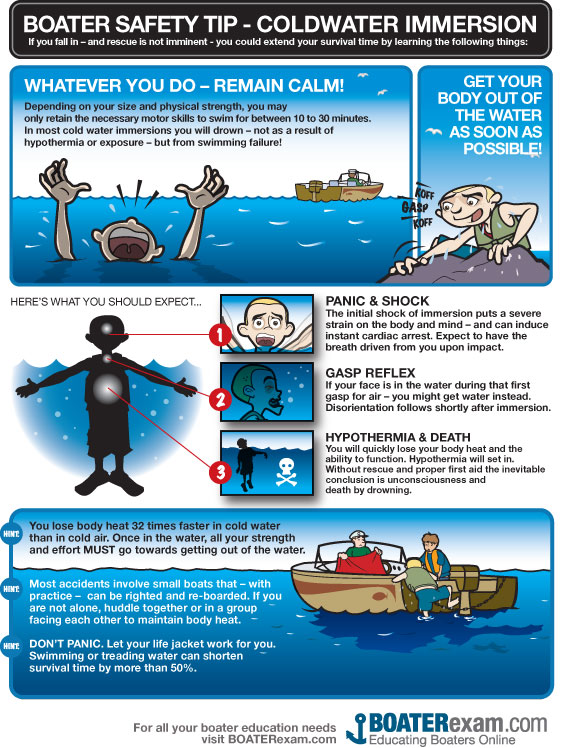
The Washoe County Sheriff’s Office is reporting that a man drowned at Sand Harbor beach on the east shore of Lake Tahoe, NV on Saturday, July 29th.
According to Washoe Country Sheriff’s Office, the man appeared to be in his late 20’s and was swimming near the beach when he drowned at 5pm on Saturday. Sand Harbor lifeguards retrieved the man and began CPR. The drowned man was taken to a hospital in Incline Village, NV where he was pronounced dead.
“The lifeguards had the victim out of the water fairly quickly in just about under a minute. They began life saving measures, and the victim was transported to a hospital in Incline Village where he was later declared deceased. It appears to be accidental at this time. It will be up to the Medical Examiner’s Office to determine the exact cause of death and identity of the victim.” – Washoe County Sheriff’s Office spokesperson Bob Harmon
Drugs and alcohol appear not to have been involved, according to the Washoe County Sheriff’s Office.
“Respect the lake, its temperatures, and be aware of your own capabilities when you’re swimming in the lake.” – Washoe County Sheriff’s Office spokesperson Bob Harmon
The exact situation leading up to the drowning is under investigation.
An autopsy was scheduled for July 30th.
Cold water immersion is very dangerous. When swimming, kayaking, SUPing in cold water, it’s key to wear a life jacket.
Why Cold Water is Dangerous
Sudden Drowning
With very few exceptions, immersion in cold water is immediately life-threatening for anyone not wearing thermal protection like a wetsuit or drysuit.
When cold water makes contact with your skin, cold shock causes an immediate loss of breathing control. The result is a very high risk of suddenly drowning – even if the water is calm and you know how to swim. The danger is even greater if the water is rough. Inability to coordinate your breathing with wave splash greatly increases the danger of inhaling water.
Gradual Drowning
Cold water drowning can happen immediately, but it can also take a fairly long time – a gruesome, drawn-out process in which small amounts of water are inhaled, over and over again, until your lungs become so waterlogged that you suffocate. Inhaling about five ounces (150 ml) of water is enough to cause drowning.
Heart Failure and Stroke
Because skin blood vessels constrict in response to sudden cooling, cold water immersion also causes an instantaneous and massive increase in heart rate and blood pressure. In vulnerable individuals, this greatly increases the danger of heart failure and stroke.
All of these things happen long before hypothermia becomes an issue.
Stages of Immersion
To understand why some cold water deaths happen instantly, while others take hours, you need to be familiar with the four stages of cold water immersion, what happens during each of them, and why it happens.
Stage 1:Cold Shock
Stage 2:Physical Incapacitation
Stage 3:Hypothermia
Stage 4:Circumrescue Collapse
Cold shock is over in a relatively short period of time, generally within five minutes, however breathing problems may persist for a longer time while you’re in the water.
If you survive the cold shock phase, the threat shifts to physical incapacitation. It’s quite possible to lose the ability to use your hands in 60 seconds, and use of your arms in minutes.
It takes at least 30 minutes for an average adult to become hypothermic, even in freezing water. A very large person with a lot of body fat can delay both physical incapacitation and hypothermia, sometimes for hours. Size does matter.
The final stage, circumrescue collapse, derives its name from the fact that the collapse can occur before, during, or after rescue.

